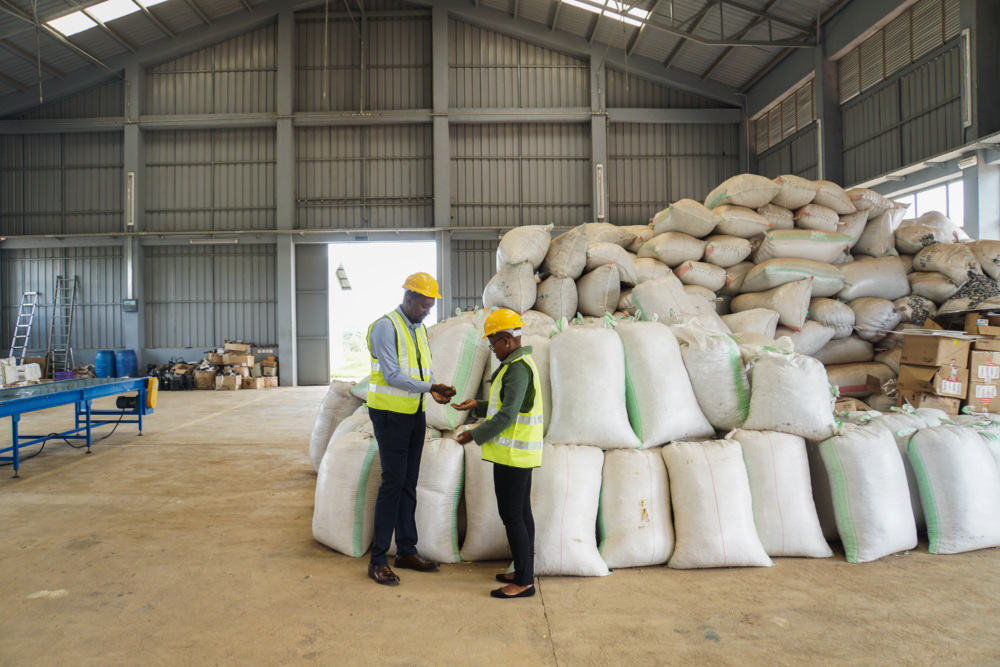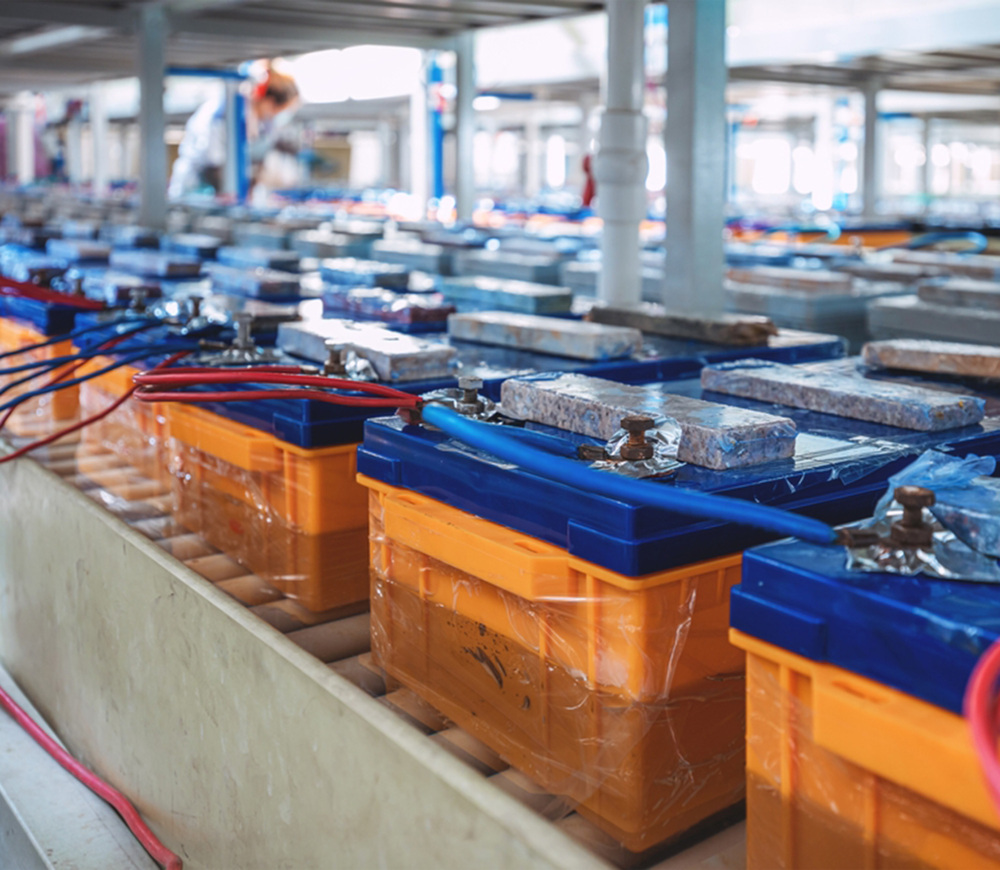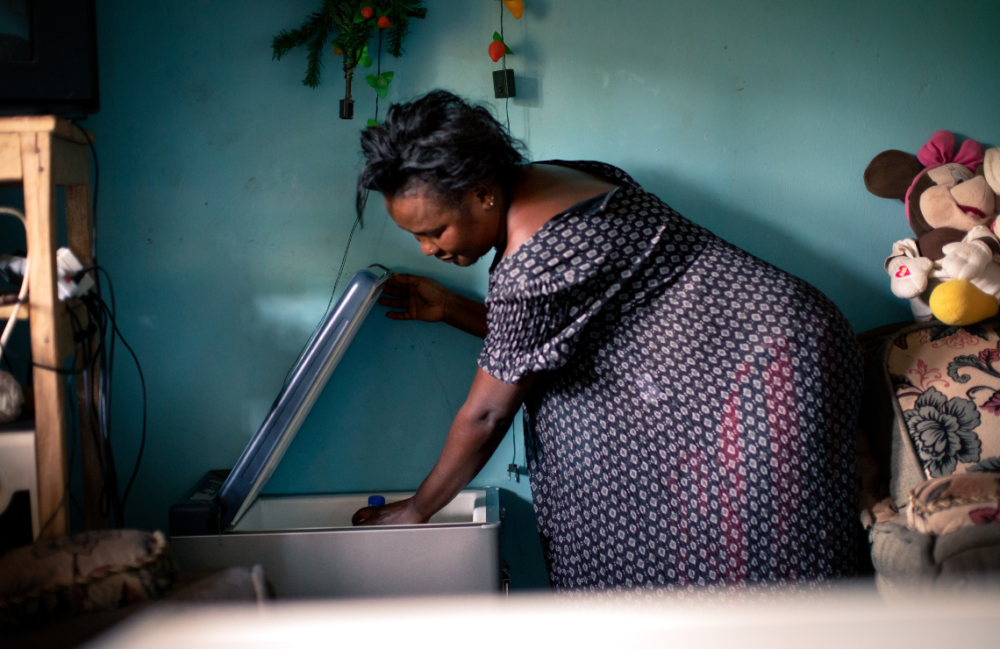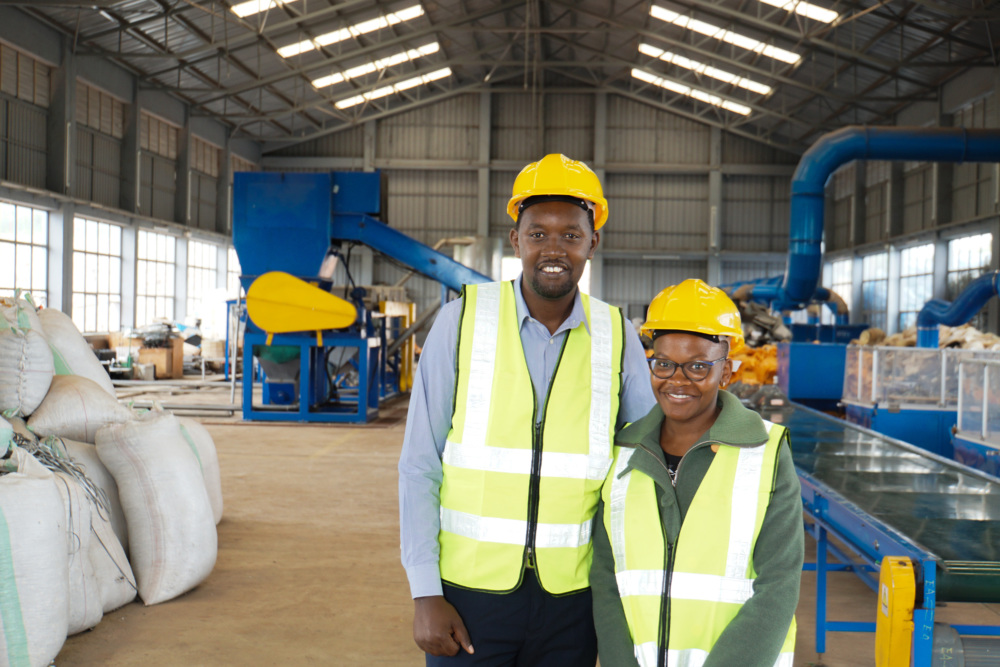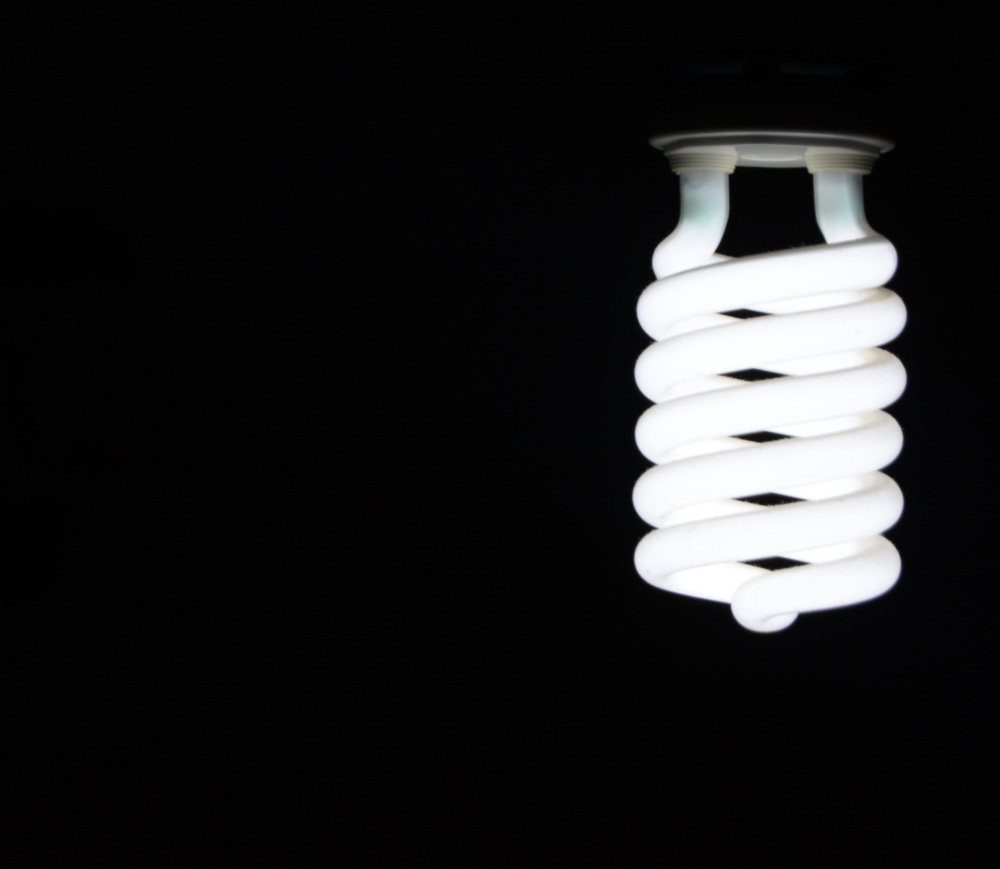Amplifying Circular Economy in Our Appliance Work
To holistically address the impact of appliances on human health and the planet, CLASP is intensifying our circular economy work.
What is the Environmental Footprint of an Appliance?
Understanding circularity and circular economy (CE) principles is vital to grasp the total environmental impact of the appliances we use every day. As stewards of appliance energy efficiency, CLASP’s mission to ensure appliances are veritably beneficial to people and the planet includes all stages of the appliance lifecycle.
CE principles have the potential to substantially reduce emissions associated with the production and end-of-life, as well as when appliances are in-use. The international CE movement is still relatively new – one-third of the Nationally Determined Contributions submitted in 2021 included mentions of “circular economy” – CLASP is working to influence budding CE programs and nudge other governments in a similar direction.
Strengthening Appliance Circularity in the EU
In 2016, CLASP published a study on the GHG savings potential from applying circular economy principles to a range of products and appliances covered by the EU Ecodesign directive.
“Our research showed that by simply extending the service life of several categories of appliances, the planet would experience significant CO₂ reductions,” said lead author Marie Baton of CLASP Europe.
Applying circular economy principles to product regulation can extend and expand our CO₂ mitigation efforts, covering the whole product’s lifetime, from raw material extraction and production through to transport, use and end-of-life.
Prolonging the service life of widely owned and highly used consumer electronics (e.g., laptops, smartphones, televisions, etc.) could potentially prevent 57,991 kg of CO₂. While the EU recently implemented a ‘Right to Repair’ plan for smartphones, more progress is needed to cover a wider range of household appliances to reach ambitious climate targets. The researchers recommended further investigation on the economic consequences and opportunities to strengthen legislative infrastructure that would incentivize CE transition programs.
Earlier this year, the EU updated their Ecodesign framework to include more product categories and increase efficiency requirements for currently regulated energy-related products. CLASP participated in the consultations for these revisions, which go beyond energy efficiency and may cover product durability, reusability, upgradability and reparability; presence of substances that inhibit circularity; energy and resource efficiency; recycled content; carbon and environmental footprint.
Building Capacity for E-Waste Management in Africa
Off-grid solar technologies provide life-changing access to modern energy services. Yet, unmitigated e-waste generation and insufficient treatment capacity threatens to reverse gains made within the sector. In 2019, CLASP through the Efficiency for Access Coalition, launched the Global LEAP Awards Solar E-Waste Challenge to address e-waste logistical and infrastructure challenges in sub-Saharan Africa.
“The first round of the Challenge supported eight companies – three recyclers and five solar companies – implement projects in take-back and collection, recycling, repairability and consumer awareness raising,” explained Monica Wambui who managed the project. “The second round is currently supporting four solar companies to design products and batteries that can be easily recycled and repaired.”
Some highlights from the Challenges include designing more easily replaceable batteries for solar home systems (Aceleron Energy); establishing a network of e-waste collection points across Rwanda, including rural areas and border points (Enviroserve Rwanda); and several take-back/buy-back programs to encourage circular reintegration (WeTu, SunnyMoney, d.light, and ENGIE Energy Access).
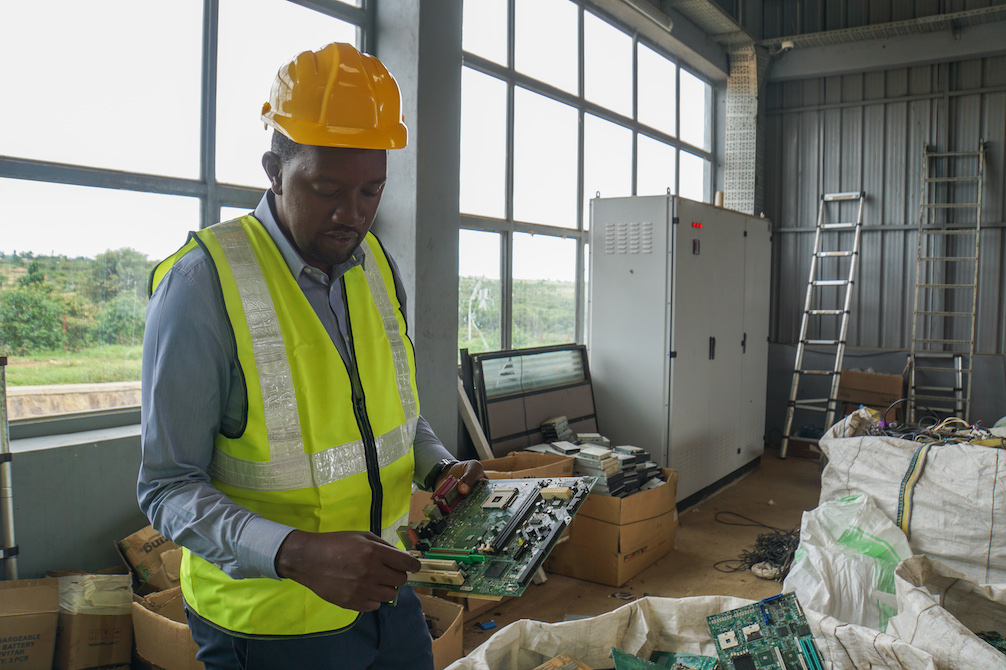
Hinckley Recycling, winner of the first round of the Challenge, recently partnered with CLASP through the Clean Lighting Coalition to procure the first mercury bulb crusher in Africa. The Nigerian facility is now able to safely dispose of fluorescents, preventing environmental contamination and negative health impacts from mercury exposure.
Charting a Course to Circularity in Thailand
“In Thailand, we cited global best practices in international CE labelling programs, like the German Blue Angel in Germany, and the Repairability Score in France, to provide a foundation for their own program,” explains CLASP’s Sara Demartini. CLASP organized an international CE labeling knowledge exchange in June with representatives from the Thai government as well as international stakeholders and the Thai industry.
“Our research coupled with the knowledge exchange led to recommendations for the Electricity Generating Authority of Thailand to be considered as they integrate CE into their program.” Though the recommendations were aimed at the Thai government, the conclusions remain relevant for any circular economy labeling scheme.
CLASP is also scoping opportunities to support Thailand introduce an end-of-life action plan for air conditioners by conducting international research and working with partners on the ground to understand current situation and challenges. The final output will be an end-of-life action plan for ACs, expected to be finalized in October.
Scaling Circularity for Renewable Energy
CLASP is also working as a subcontractor with Tetra Tech on USAID’s Scaling Up Renewable Energy (SURE) program to develop, promote and pilot CE initiatives around the world, focused on recycling renewable energy mechanisms.
“We will support the plan, design and execution of activities that will help USAID and its partner countries to better understand, implement, and promote a circular economy for renewable energy,” explains Monica Wambui who is overseeing CLASP’s contributions to the project.
CLASP looks forward to broadening the knowledge base for practical application of CE principles and will continue to advocate for appliances that will deliver the greatest benefits for people & planet.

